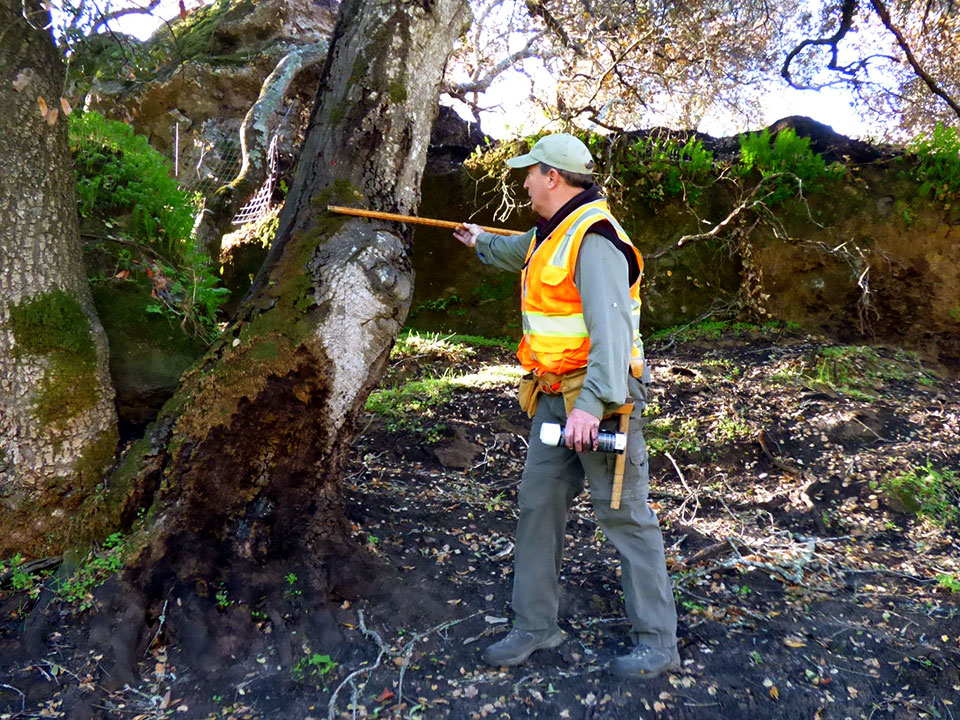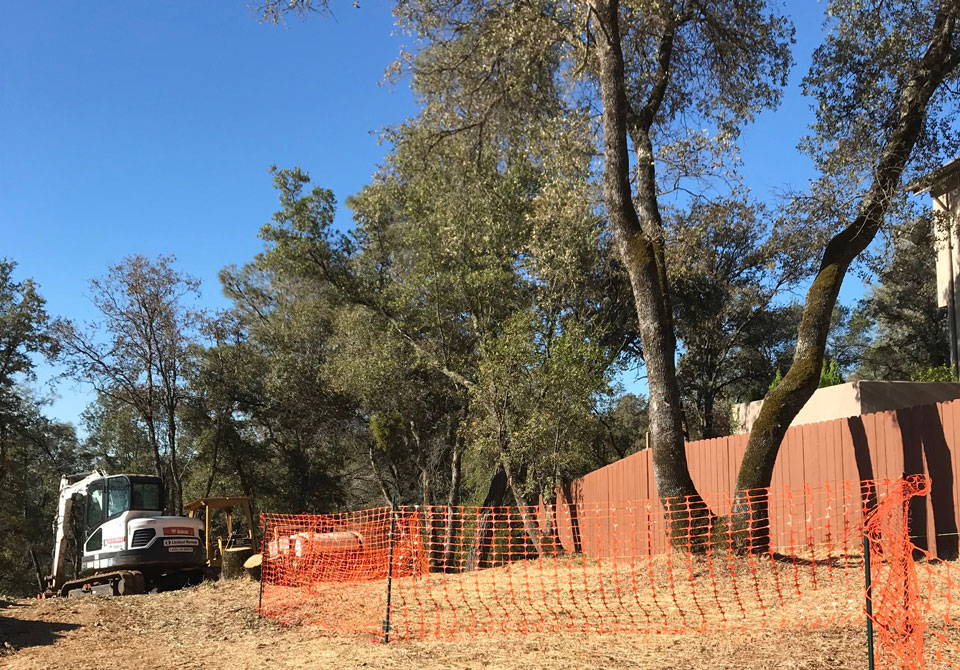Tree & Landscape Care & Services

Tree Inventory
The purpose of tree inventory is to provide a baseline upon which management of the trees will occur.
In the inventory, a health assessment and location of trees is inspected and collected. Notes are
provided for care options ranging from pruning, cultural care, removal, new plantings, or tree
protection. The number of trees can range from a few to hundreds of thousands, all depending on the
client’s needs.
The general process is as follows:
● Identify and GPS locate trees;
● Assess condition of trees and site;
● Provide maintenance options including cultural practices to improve health; and
● Prioritize trees based upon tree health and structural findings.

Problem Solving
Assistance in solving landscape, infrastructure and other tree-related problems.

Tree Risk Assessment
The purpose of a tree risk assessment is to inspect and assess in detail the structure and quality of the
tree, tree parts, surrounding targets, and environmental conditions. This assessment will provide the
tree owner with options for mitigating or reducing risk associated with the tree. This service follows the
ISA Tree Risk Assessment Best Management Practices, and is performed by ISA TRAQ Qualified Certified
Arborist to assess the trees. The assessment protocol has 3 levels depending on the client needs, and
can range from an individual tree to a full population of trees. Contact us to determine which level is right for you.
The general process is as follows:
Risk Assessment
● Understand the Tree Manager’s risk tolerance for tree failure
● Assess tree structure, target, and risk analysis;
● Provide mitigation options to reduce risk; and/or
● Prioritize population by risk ratings.
Failure Investigation
● Investigate cause of tree, branch, or tree part failures;
● Provide thorough objective report; and
● Provide management options for other trees and/or conditions on the site.

Tree Appraisal
The purpose of a tree appraisal is to determine the monetary value that a tree has for replacement,
negotiation, and litigation. This appraisal is valuable for clients that have trees impacted during fire,
storms, trespassing or other causes. CalTLC follows industry protocols to determine the value and clearly
describes the process used to formulate the value. The thorough description of the process to
determine the value is typically what supports the stated values.
The general process is as follows:
● Understand the assignment, or need for the appraisal;
● Determine the appropriate Method for appraising value;
● Provide expert data collection for appraisal;
● Provide a monetary value for the tree; and
● Provide a written report explaining the appraisal.

Tree Protection
The purpose of tree protection specifications is to help protect trees from adverse site modifications
during construction that would be detrimental to the health and survival of the tree. These
specifications include the services provided under the Tree Inventory service with additional information
and recommendations on which trees to preserve or remove, with or without mitigation requirements
based on the tree ordinances for the governing agency.
The general process is as follows:
● Review development plans to determine the need for construction protection;
● GPS locate, map, tag, and measure trees;
● Develop General Tree Protection measures;
● Coordinate with engineers or planners to assess impacts and mitigation requirements;
● Review site plans to assure protection measures are established and implemented; and
● Monitor tree preservation on site.

Expert Witness
The purpose of providing expert witness and consulting services is to provide an objective research and
testimony for litigation cases involving tree related issues. These services may arise for tree appraisals,
sidewalk or pavement damage, causes of tree failure, comparing work procedures to industry standards,
and incidence or cause of disease or insect infestations.
The general process is as follows:
● Determine objectives of clients’ needs;
● Conduct field research;
● Conduct office research and provide objective written report; and
● Provide strategies for communication about the subject tree issues.